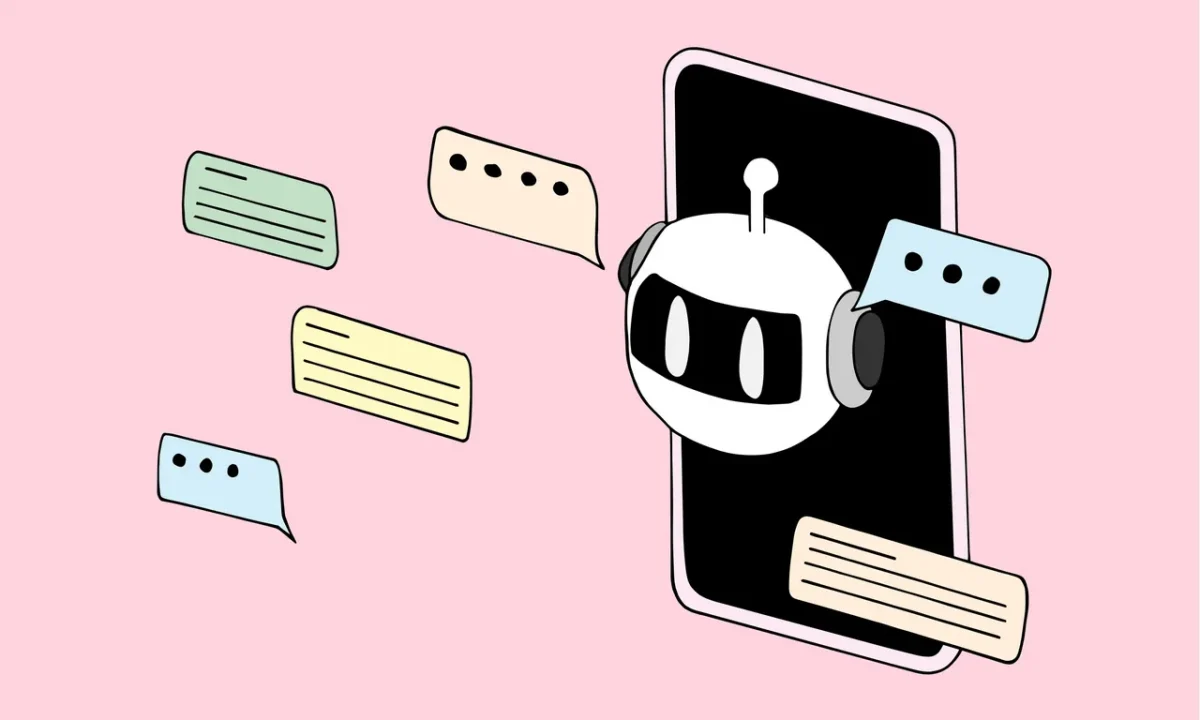Hi! Welcome friend!
Sefi here, how can I help you today?
How should I use chatbots as a consumer?
Continue reading my friend 🙂
In the age of automation and artificial intelligence, chatbots have become an integral part of our digital interactions with companies. By now most us have encountered or used chatbots, whether that was chatGPT or a customer service chatbot. Chatbots are virtual conversational agents, designed to assist with tasks, answer questions, and provide customer support (IBM, z.d.). Businesses are now increasingly using chatbots to provide customer service. While they promise the convenience of instant responses and round-the-clock availability, our experiences with chatbots are very mixed. Let’s explore the good and the bad sides of these helpers.
The Good: Always Ready To Help
Chatbots with their 24/7 availability and rapid response times, are often celebrated for their efficiency. Whether you need assistance with a purchase, a quick answer to a common question, or help with a technical issue, chatbots are always ready there to help. This convenience eliminates the barriers to communication with a company. No need to go through the time-consuming processes of phone calls or emails.
I use chatbots like they are a mini search engines that are company specific. When you ask it common questions they are capable of swiftly retrieving pre-programmed information. Usually it will redirect you to a webpage where you can find said information. This streamlined approach can significantly enhance user experiences in situations where a quick answer is all that’s needed (IBM, z.d.). However, when you ask it long and ‘complicated’ questions that is when the limitations of a chatbot become apparent.
The Bad: Complexity of Questions
At times we can embrace the convenience and efficiency they offer, other times we can find ourselves frustrated by the limitations of these digital helpers. Especially, with inquiries that are lengthy and complex. Engaging in a nuanced conversation with a chatbot is like navigating a maze with incomplete maps. These limitations often become exasperating, especially in scenarios requiring detailed, personalized, or context-rich assistance.
My personal experience reflects this duality. Recently, when I attempted to change the booking for my flight to Singapore, I was met with a chatbot that struggled to comprehend the intricacies of my request. The interaction left me feeling frustrated and eager to connect with a human representative that actually help. It took some time to reach a ‘real person,’ which added to the frustration. This only led to a bad experience as there was no easy path to speak to a human. The study of Følstad & Skjuve (2019) highlighted the importance of an easy follow up with a human customer service representatives to mitigate bad experiences.
The Way Forward
Chatbots are undeniably valuable for streamlining routine interactions, saving time, and providing quick answers. However, for situations that demand empathy, understanding, and nuanced problem-solving, human touch remains irreplaceable. In this ever-changing digital landscape, it is important that businesses are able to navigate the complexities of our interactions with chatbots.
My advice: use the chatbot for simple and common questions & ask the chatbot to speak to a ‘real person’ if your question is complex and lengthy or simply when you desire a more human-like experience.
I hope that answered your question.
Let me know if I can help you with anything else 🙂
Sources
IBM. (z.d.). What is a chatbot? | IBM. https://www.ibm.com/topics/chatbots
Følstad, A., & Skjuve, M. (2019, August). Chatbots for customer service: user experience and motivation. In Proceedings of the 1st international conference on conversational user interfaces (pp. 1-9).

